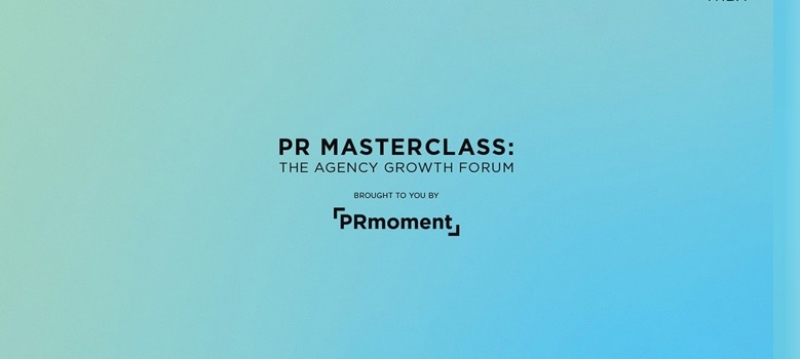Young people are often portrayed as being truly connected to the online world, but many have mixed feelings about social media, with nearly half (45%) saying that their posts are not accurate portrayals of themselves. This is according to research from youth creative agency ZAK. The study also reveals the sense of distrust and false expectations created by a today’s social landscape: 43% of respondents believe that social media “makes me want what I can’t have”, whilst 52% feel that they are more ambitious than their parents. And 30% of 16-24 year olds claim they would either sacrifice their best friendship, give up sex for a year or never go on holiday, in order to “make it” in life!
Key findings
- 41% feel judged on social media
- 45% admit their posts are not an accurate portrayal of their identity
- 25% don’t feel they can be themselves online
- 29% feel they don’t have a fixed identity
- 30% would give up sex for a year if this meant they ‘could make it’
- 52% believe they are more ambitious than their parents
You never forget
Talking about the importance of brands understanding the youth of today, Dominic Weiss, head of planning at ZAK, says: “Can you remember what it was like to be 16? Chances are you can. That time of life is hardwired into our long-term memory. Psychologists call it the ‘reminiscence bump’. What you experience then, stays with you long after. Take note brands, this is a potent time for you.”
Analysing what it is really like to be young now, and the brands that appreciate this, Weiss adds: “It’s the time of life you start to care about what other people think of you. As these young people adapt to the idea of branding themselves, real brands step forward. They act as conduits, as bricolage signifiers of who they are and who they want to be. Converse and its rock star heritage, Adidas pushing its hyped street culture or Boohoo’s empowered fast-fashion. These brands are lending identity to these young people.”
The social brain
In terms of what it is like to be young from a neuroscientific perspective, Weiss describes how during adolescence the social brain goes into developmental turbo charge as it struggles to deal with new inputs. “Guilt, shame, embarrassment, pride… they’re whizzing around the youth brain and it’s cognitive chaos! The technical term neuroscientists use for this period is ‘sensitive’ and it means we are exceptionally prone to the effects of peer pressure. We take undue risks, we behave irrationally, we do things out of character.”
Discussing how social media is of particular importance to 16-24 year olds, Weiss says: “The presence of peers is no longer something you drift in and out of. It’s ALWAYS there. Commenting, liking, viewing, reading, sharing. Someone is always watching. Their hyper-sensitivity to their peer group is colliding with the mass social connectedness of our world. They are creating their identity in an environment unlike any we’ve seen before.”
So what does this all mean for brands wanting to communicate to young consumers? Weiss concludes with some advice: “Brands can play a positive role here. Cut the BS, don’t perpetuate it. There’s a reason meme culture is so ubiquitous with this generation, it’s because they speak the truth. Young people are crying out for brands to do the same.
Boohoo nails it
“Boohoo has got this on lock down with #doyourthing. Yes, it does aspiration. The beautiful models, the Insta-ready locations, etc. But it goes further. It shows real women, of all shapes and sizes. It has embraced meme culture to speak truthfully to its audience. It laughs at itself, and encourage its fans to do the same. It has created a community where it’s cool to be yourself.
“Young people are using brands to help them build their identity. That’s the value exchange. If you don’t get that, you are one swipe away from obscurity.”
Methodology
Stage 1 – working with neuroscientists
In-depth expert interviews with cognitive neuroscientists to understand what’s happening in the human brain at this formative time.
Stage 2 – ethnographic research
16-24 year olds were interviewed from seven different countries.
Stage 3 – quantitative research
Interviews with 1,000 16-24 year olds in the UK
To download the full whitepaper go to zakagency.com/selfhood
PR Masterclass: The Agency Growth Forum
Our experts will each give you a 20-minute Masterclass on what we've identified as the 11 most important elements in running a modern, profitable and successful PR firm.
Taking place on Wednesday 26th November in London, both virtual and in person tickets are available.
Tickets on sale now!
PR MasterclassIf you enjoyed this article, sign up for free to our twice weekly editorial alert.
We have six email alerts in total - covering ESG, internal comms, PR jobs and events. Enter your email address below to find out more:










